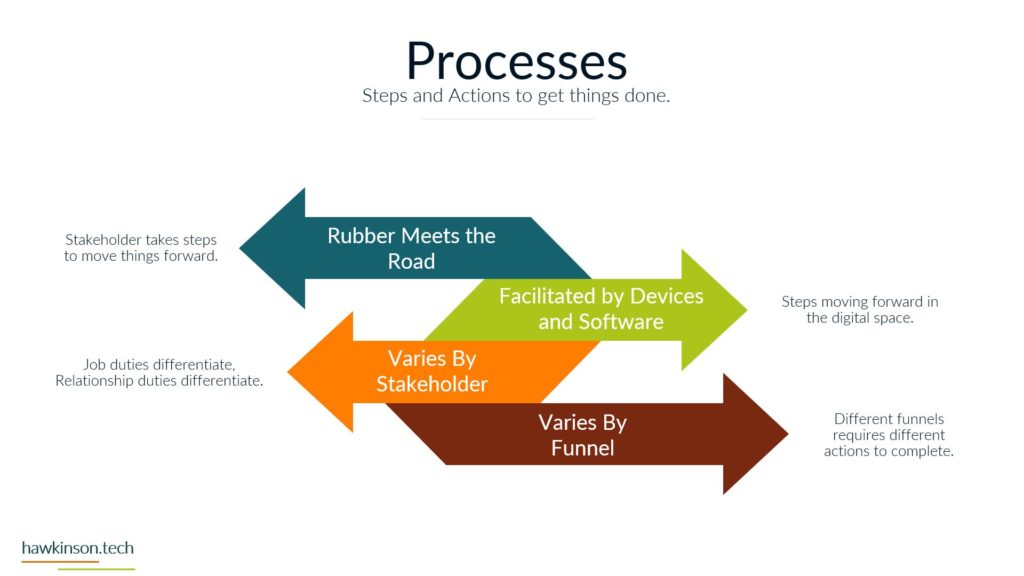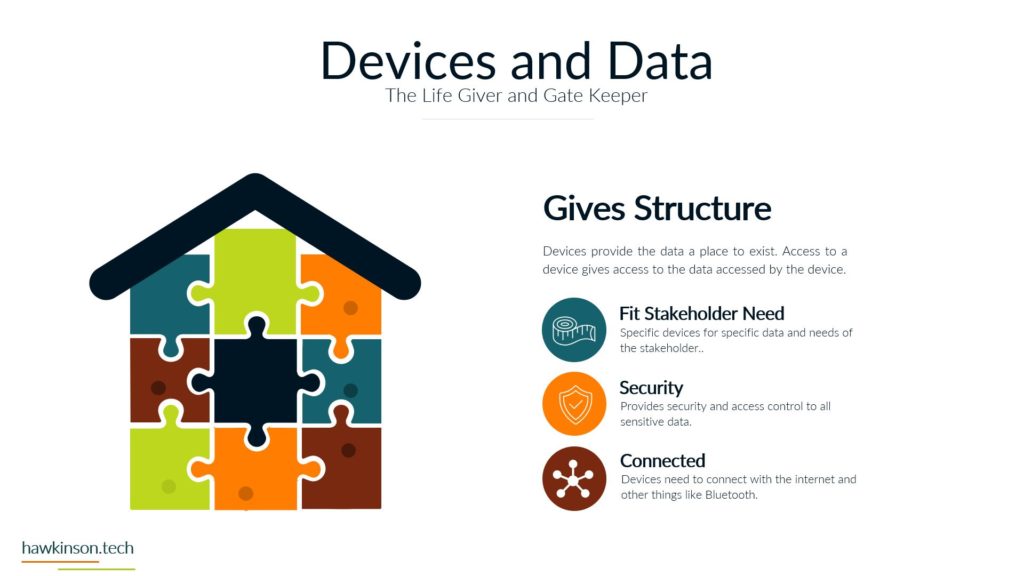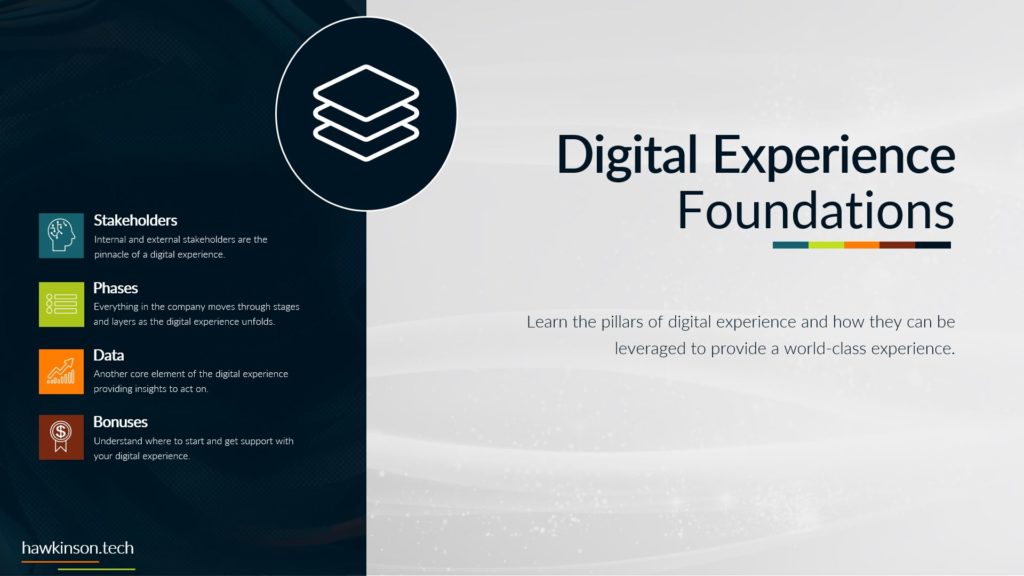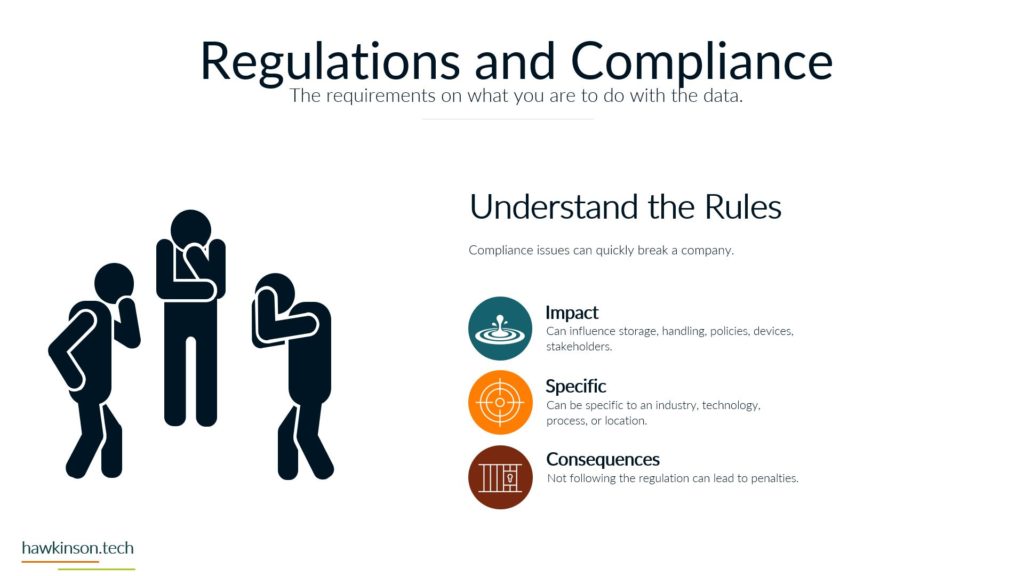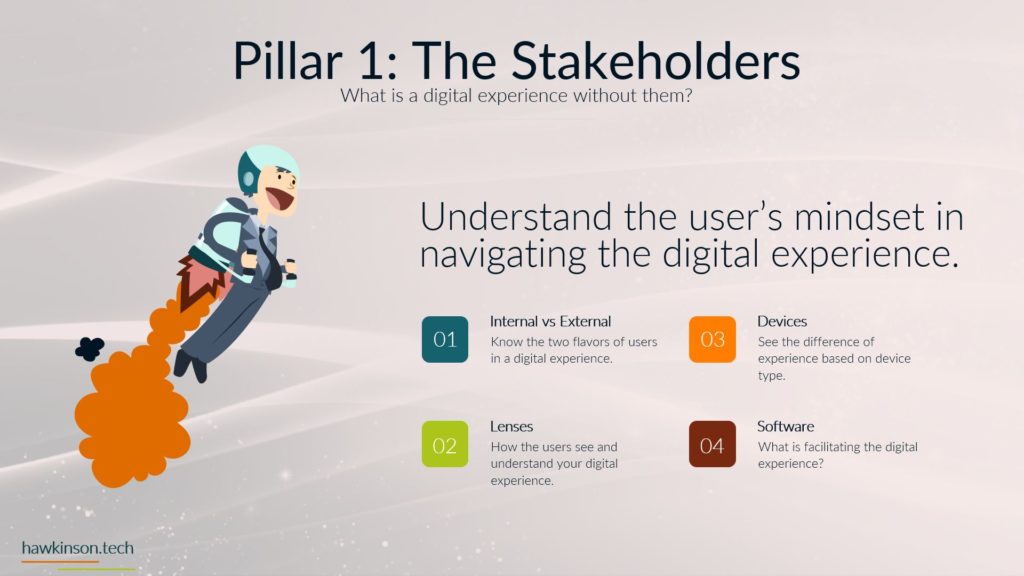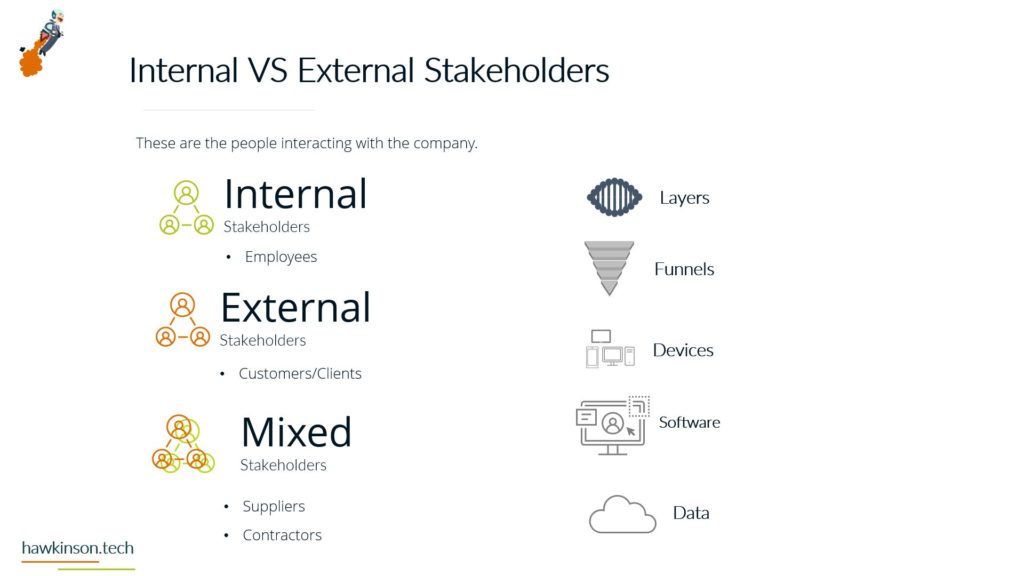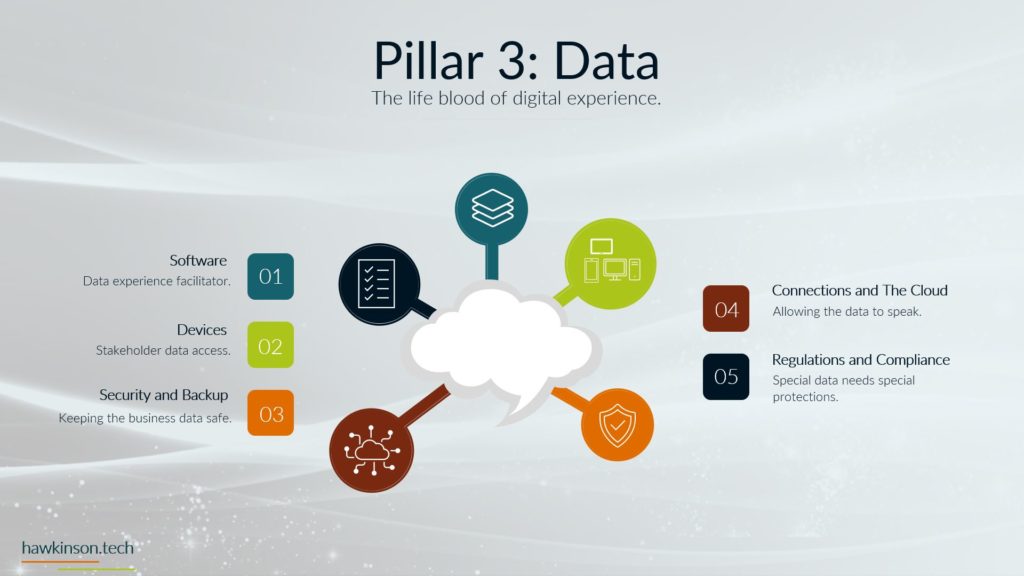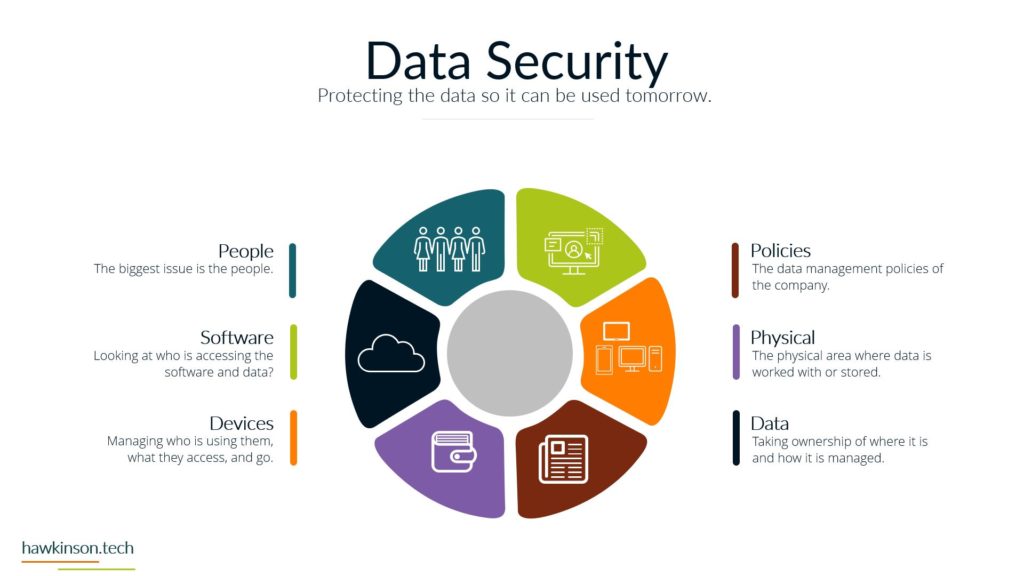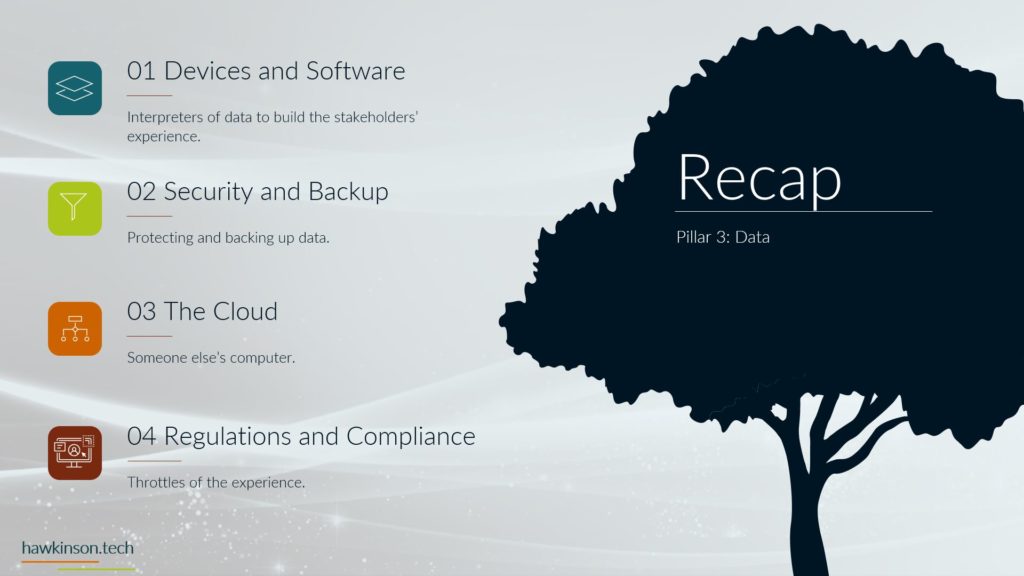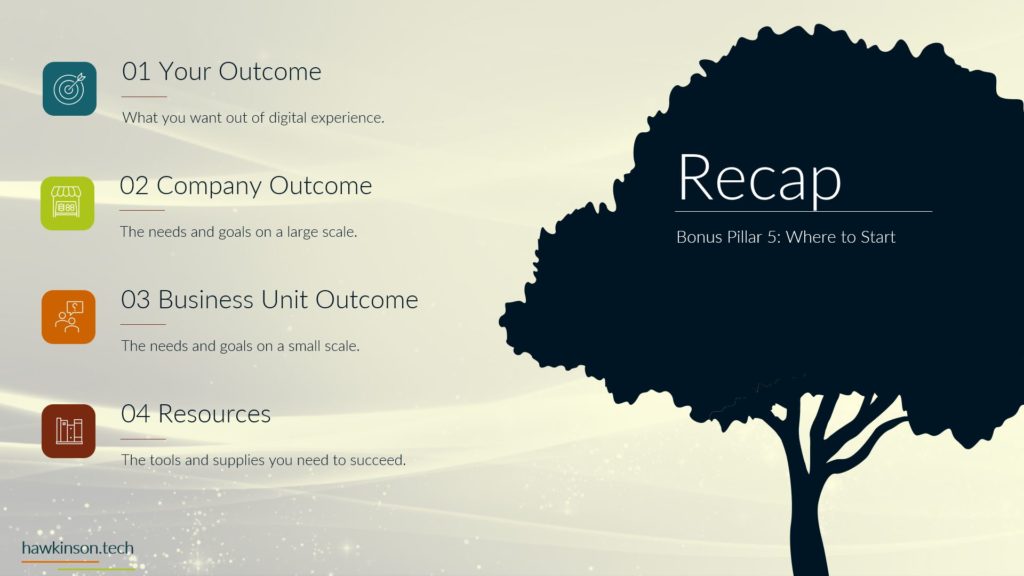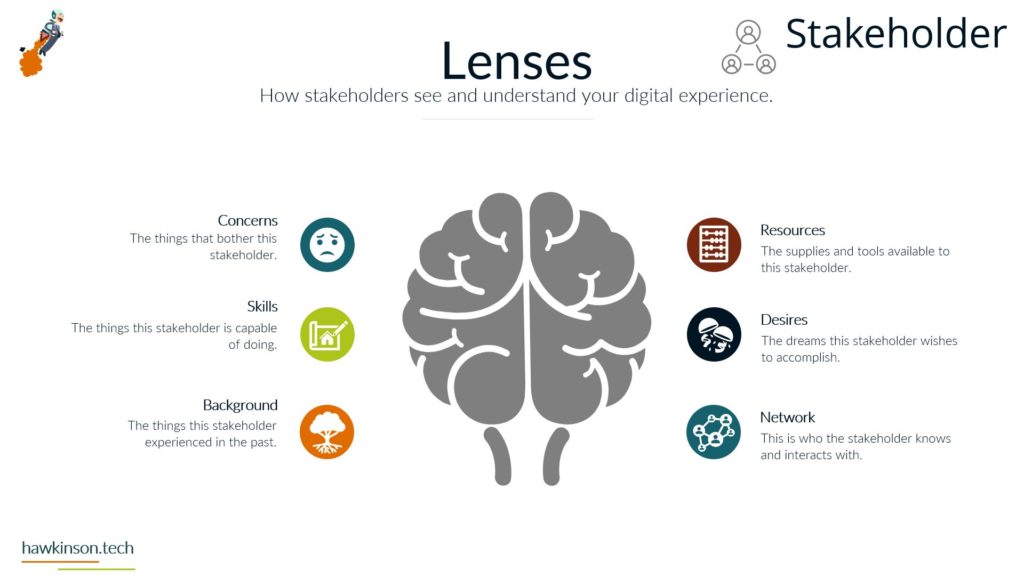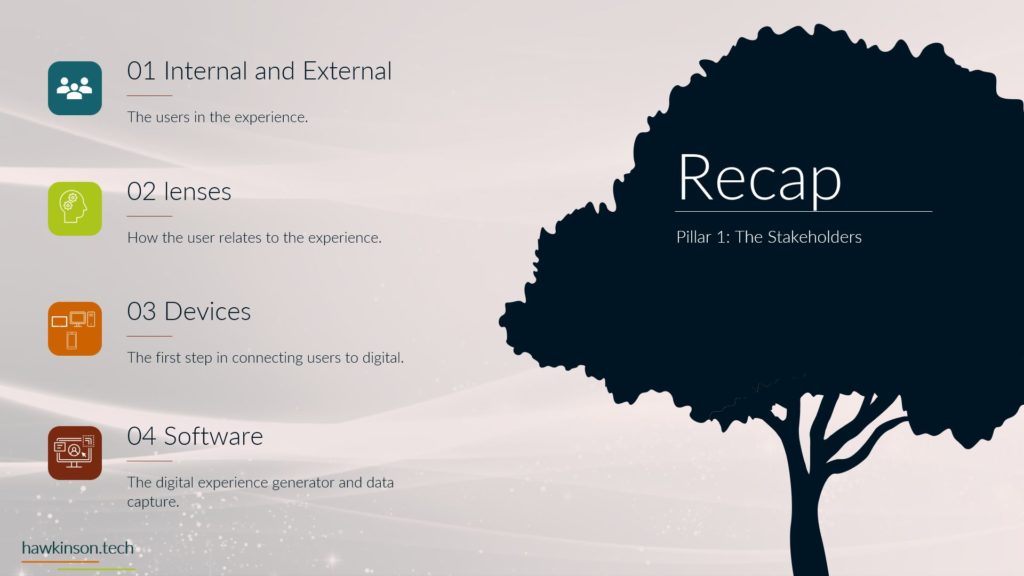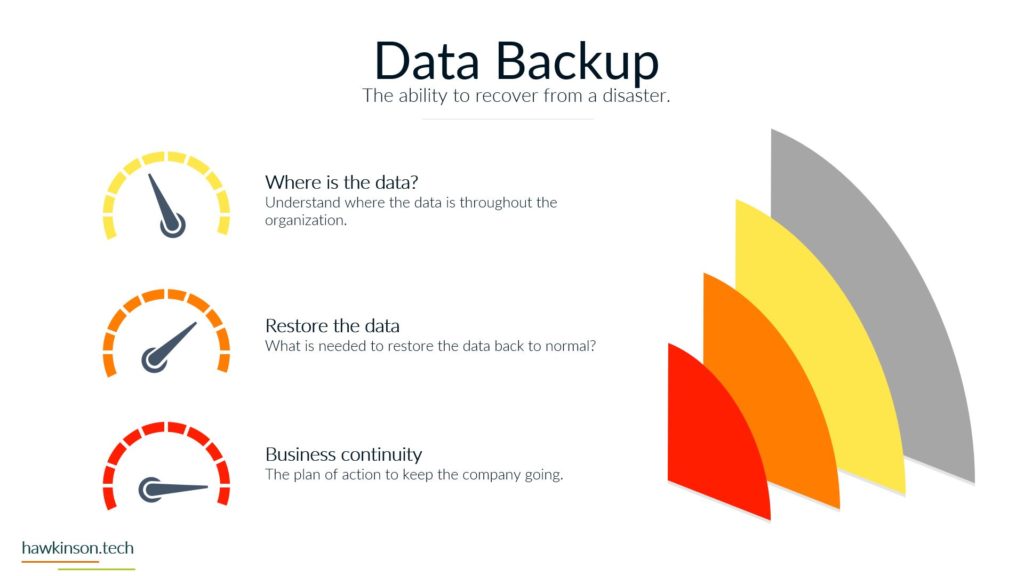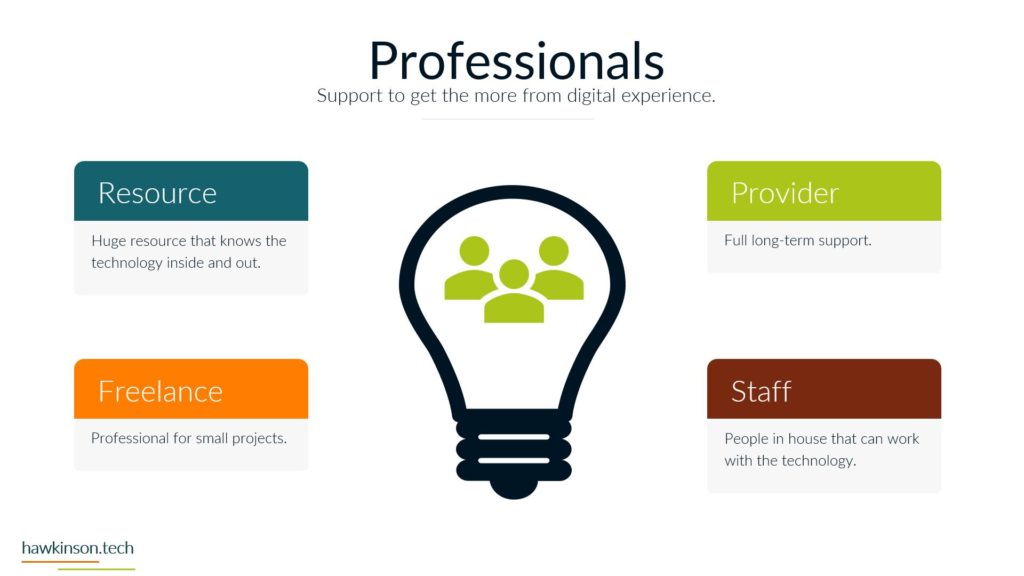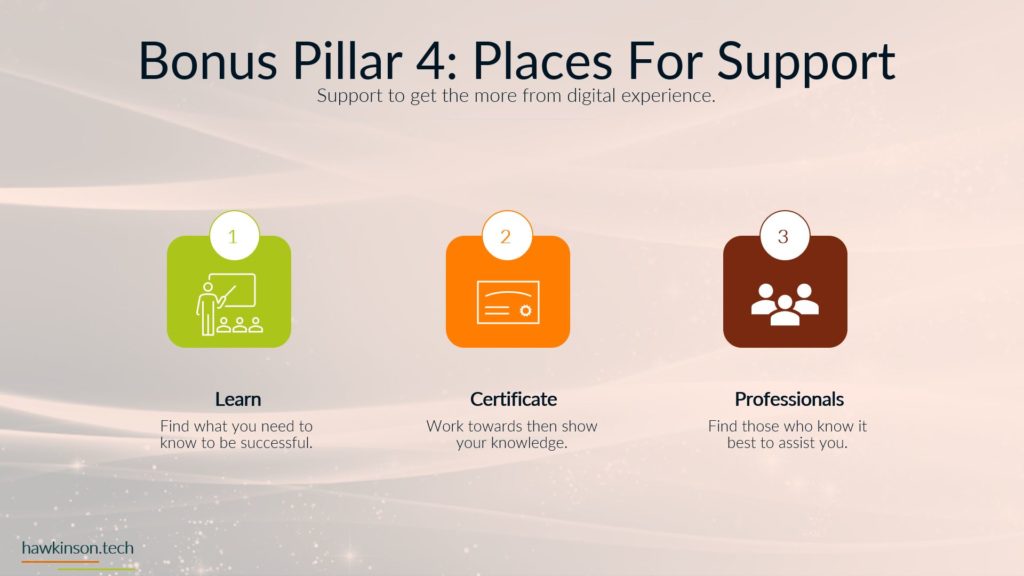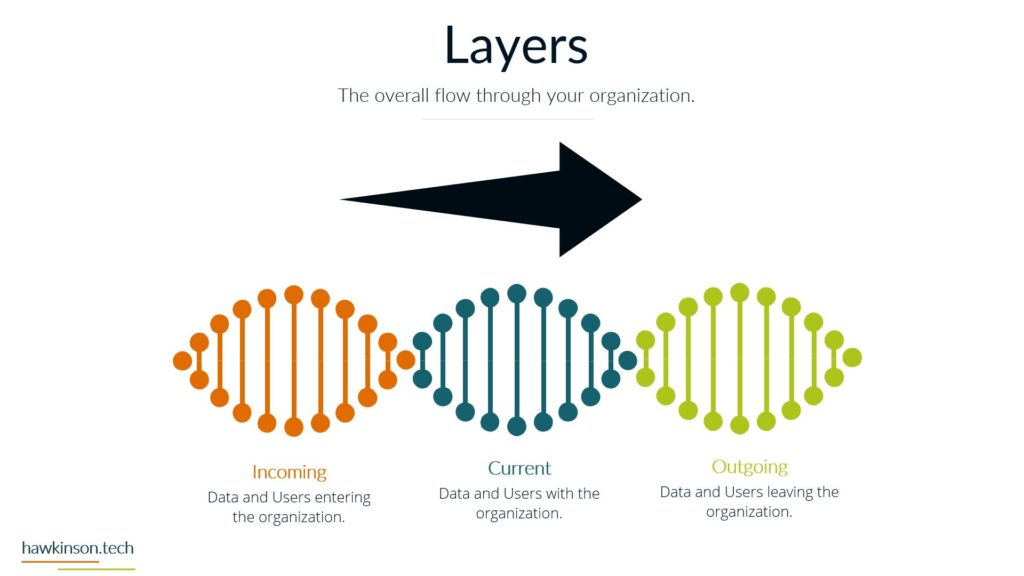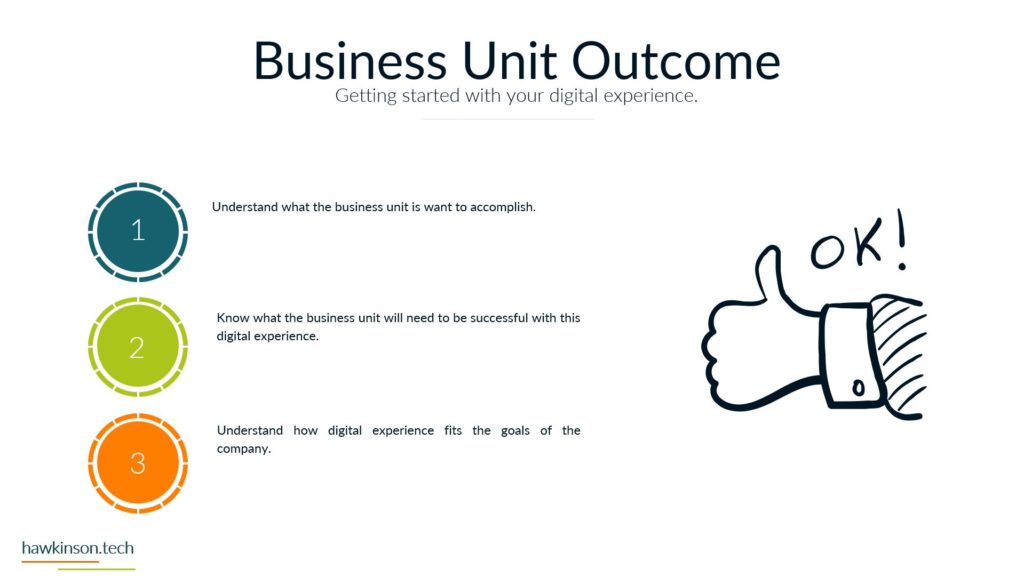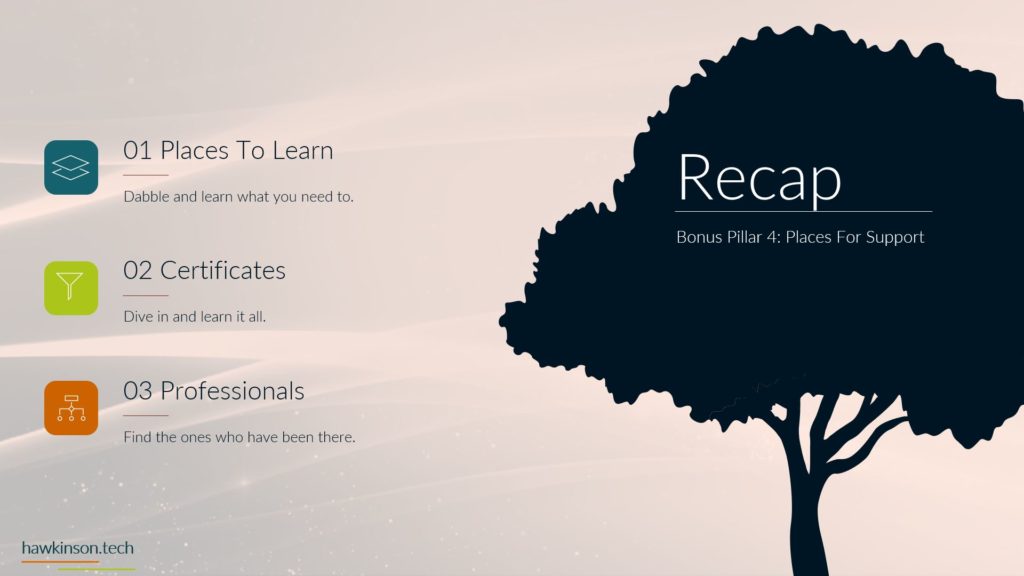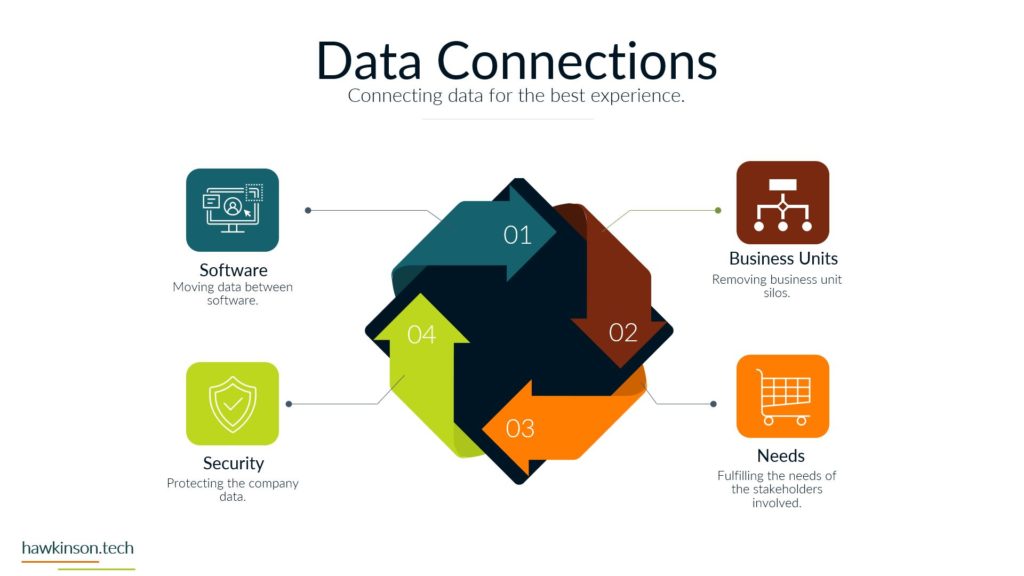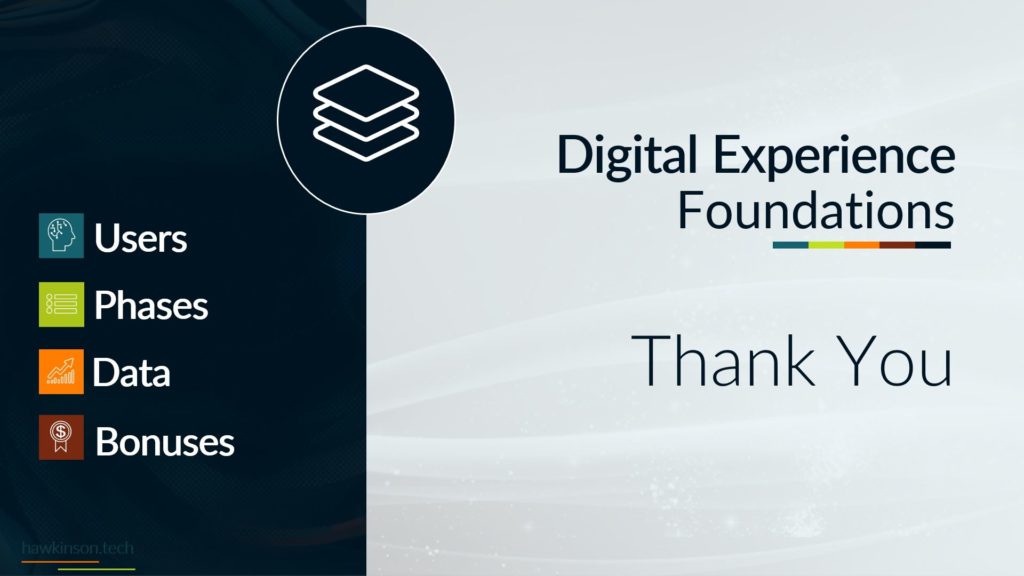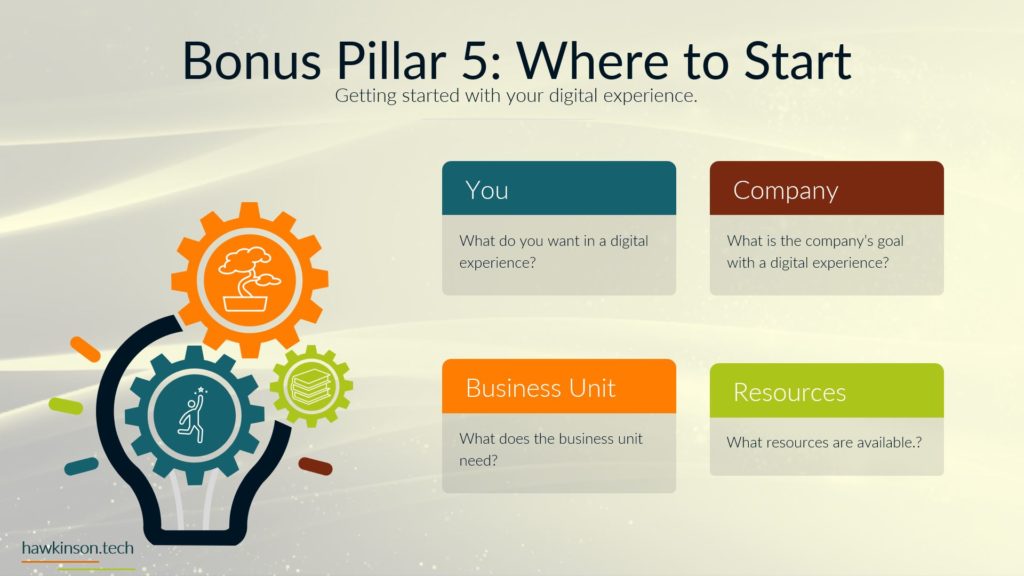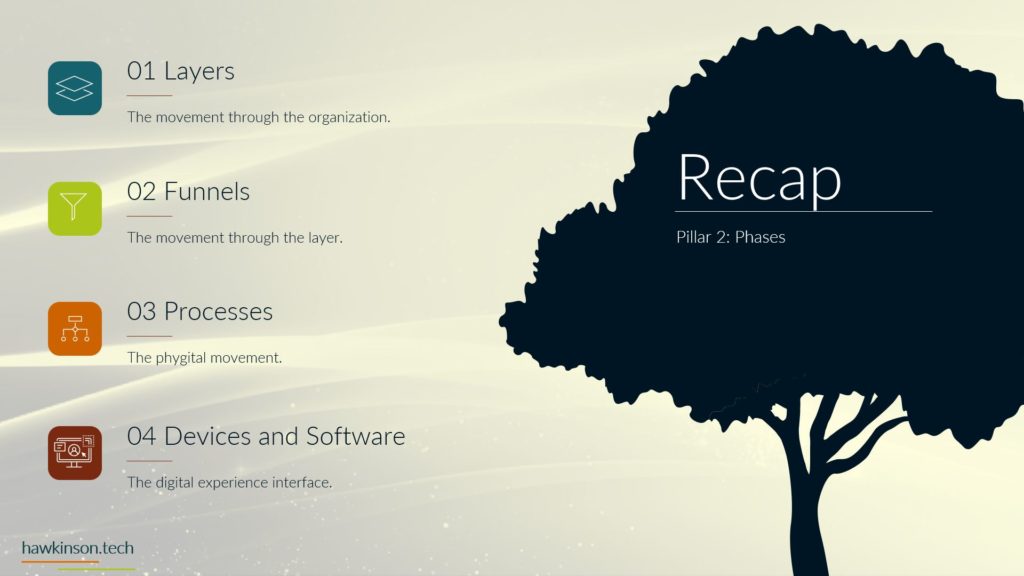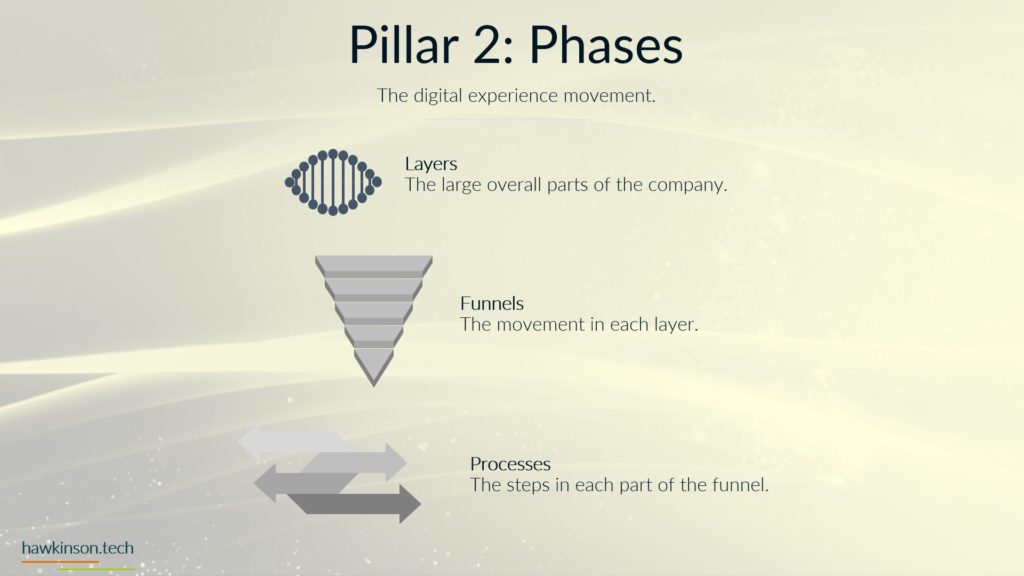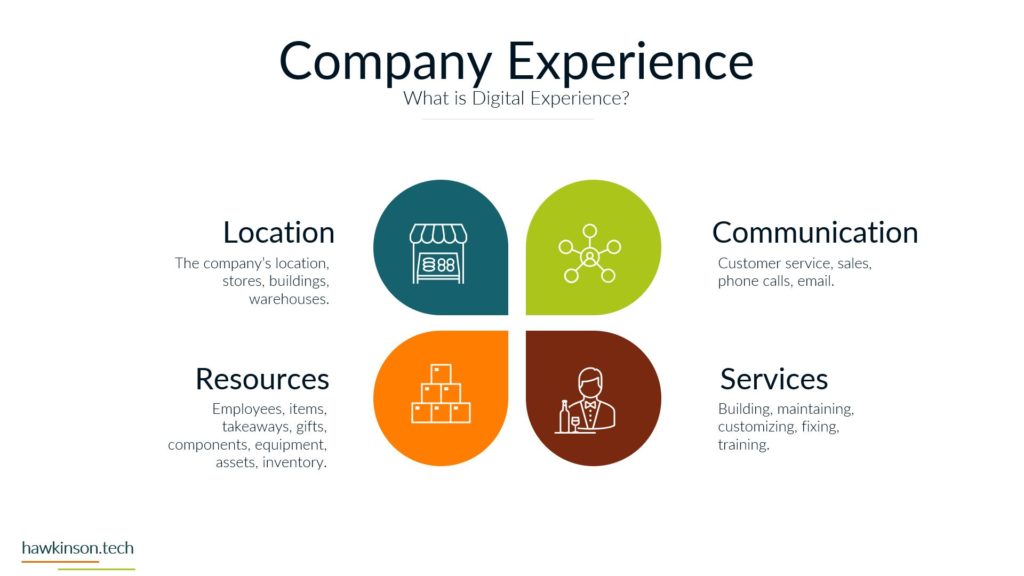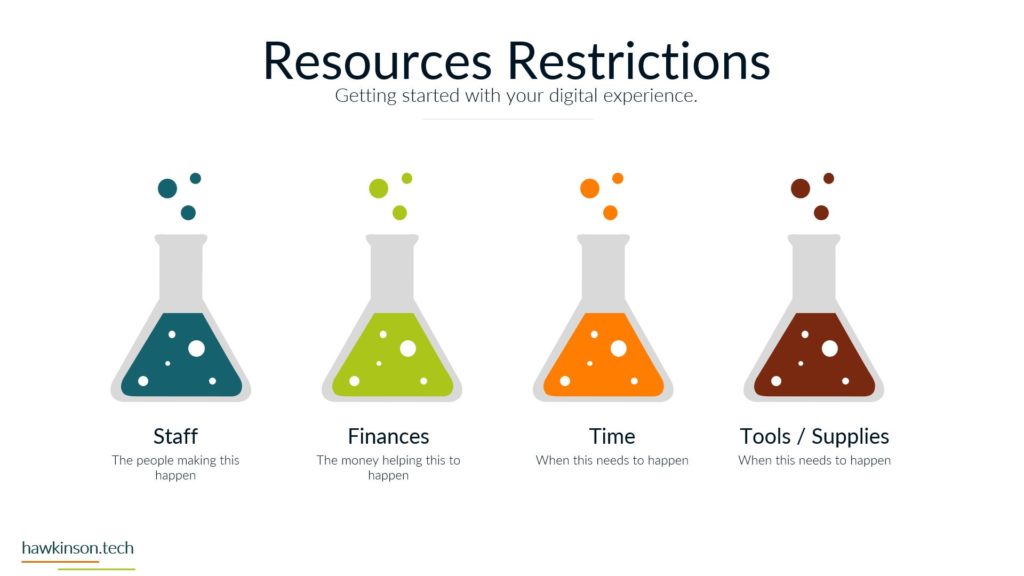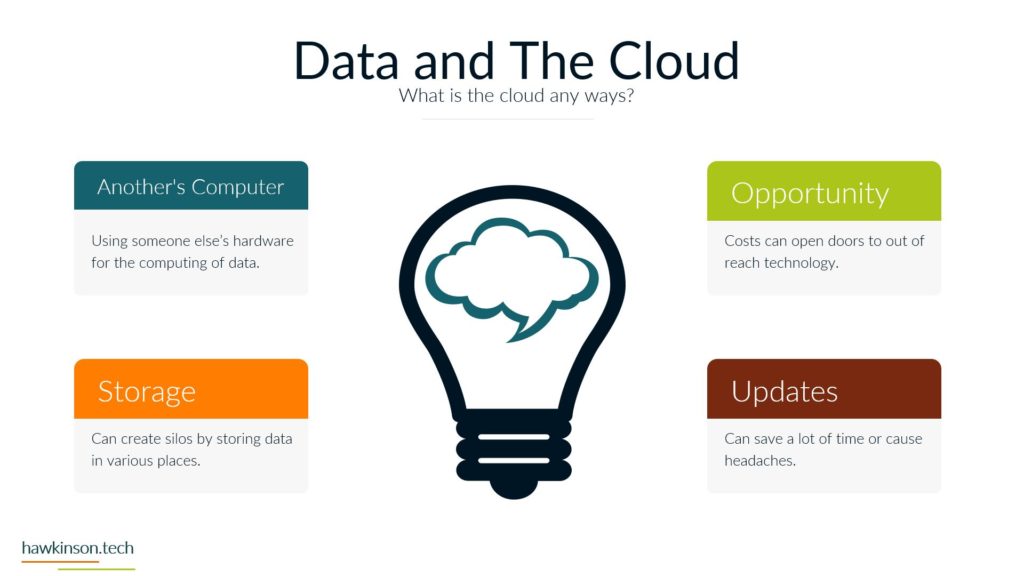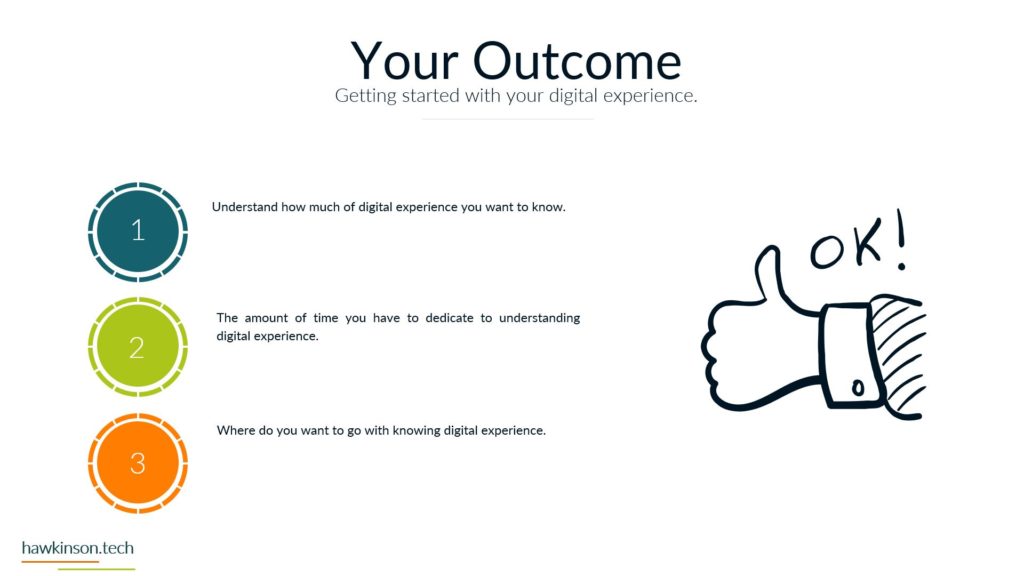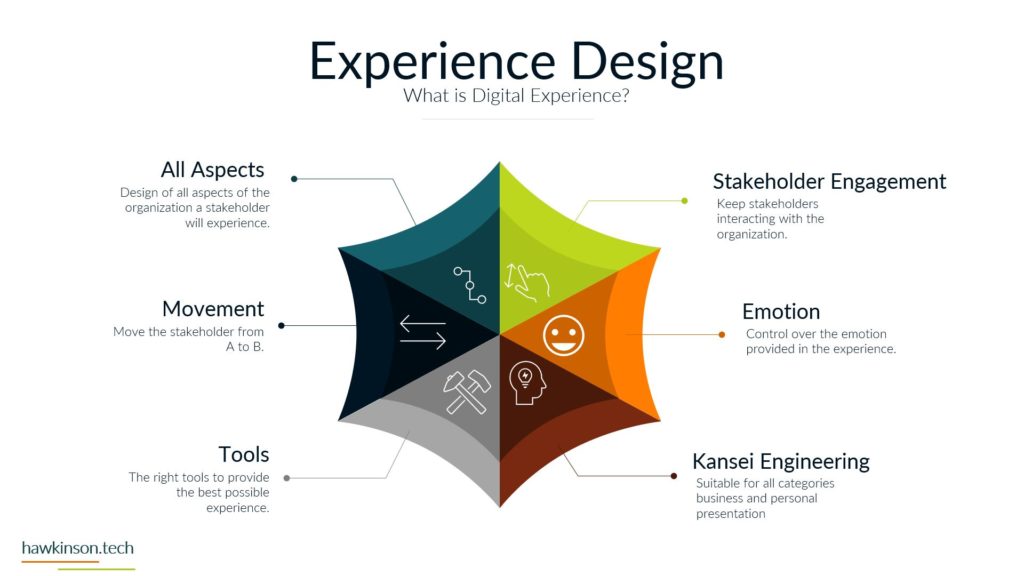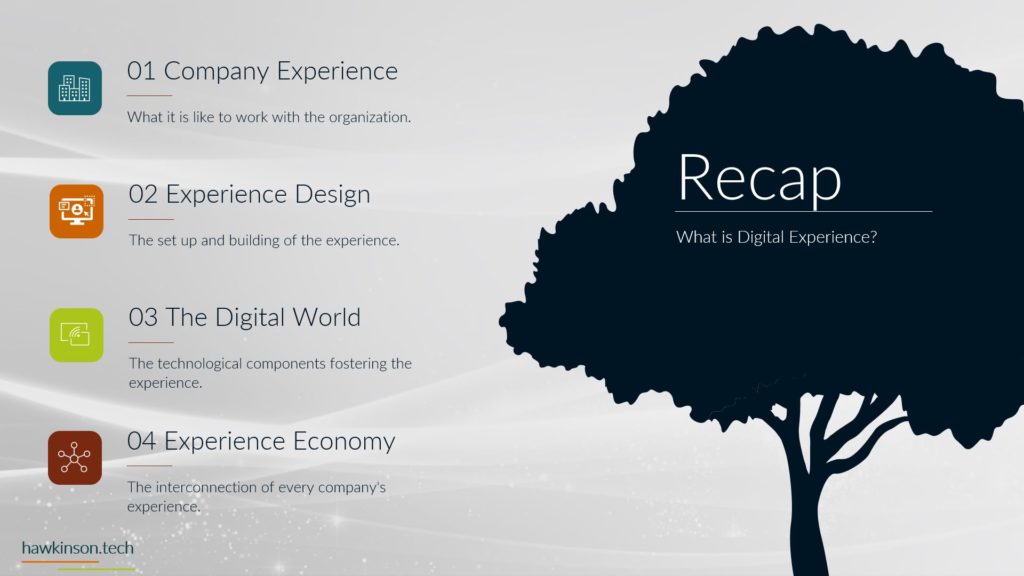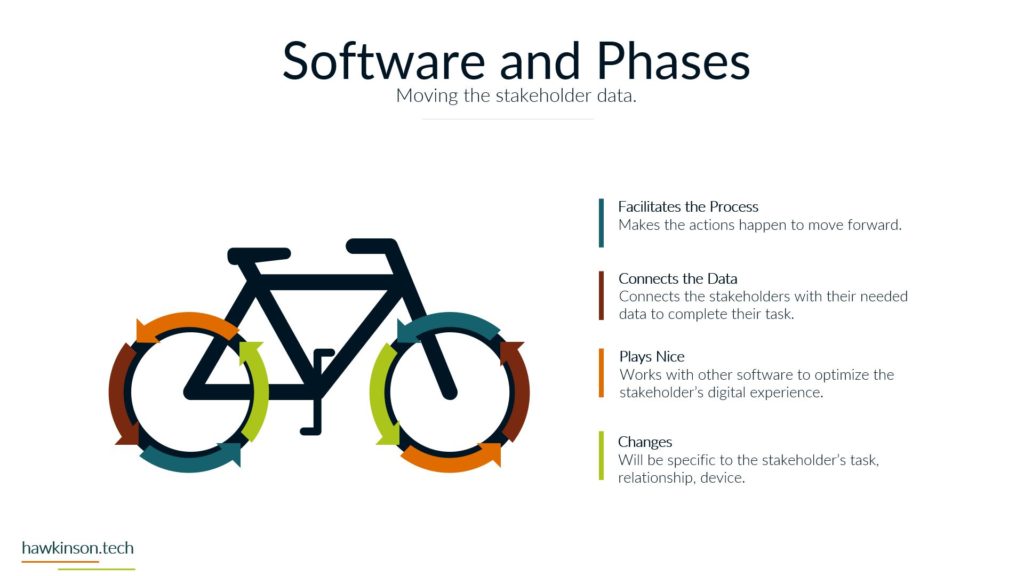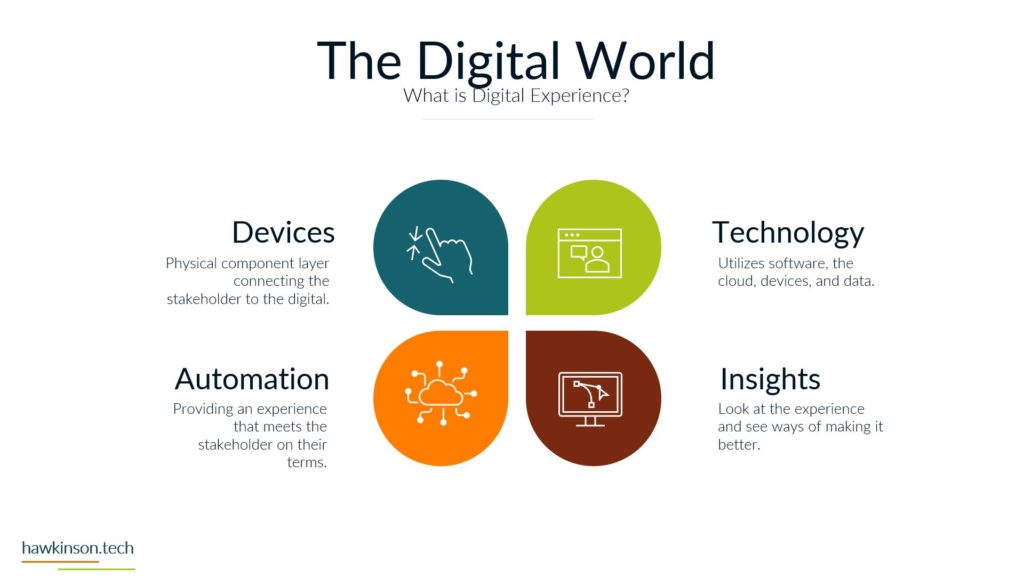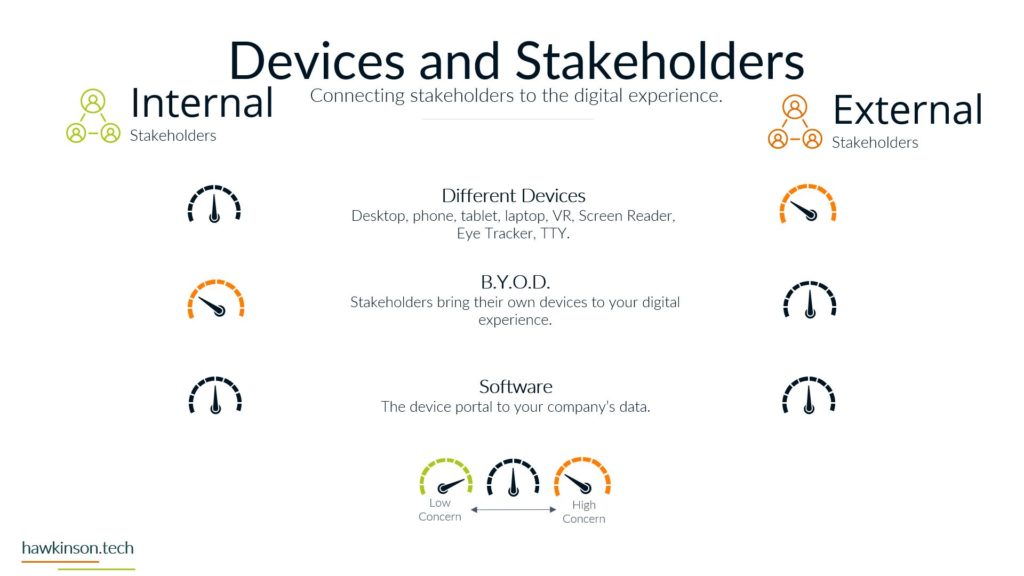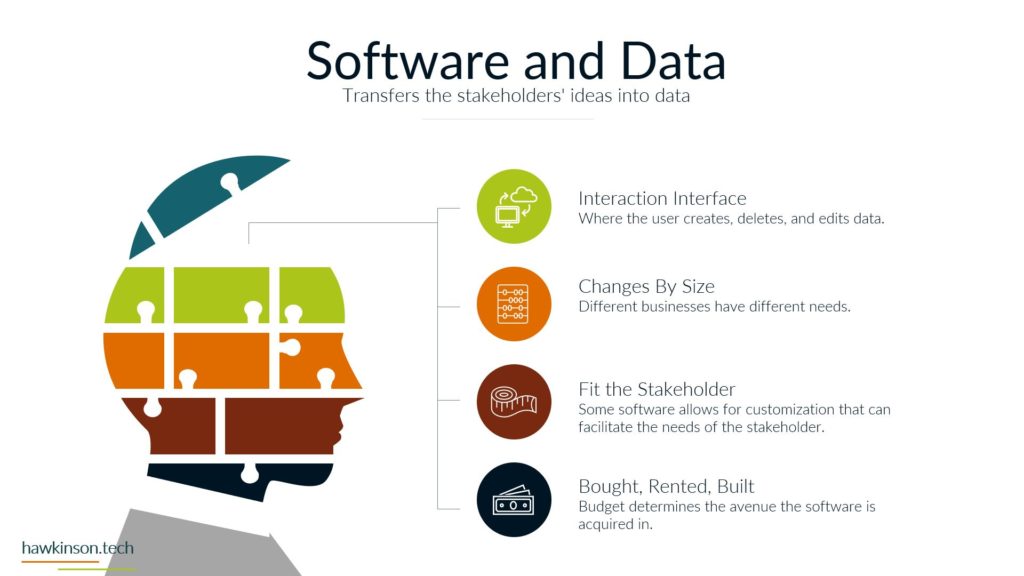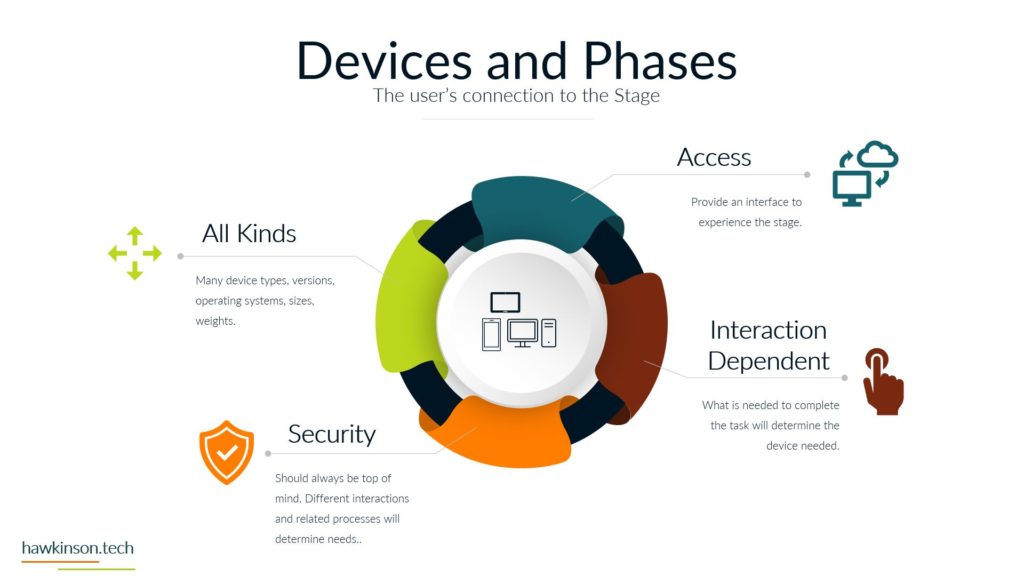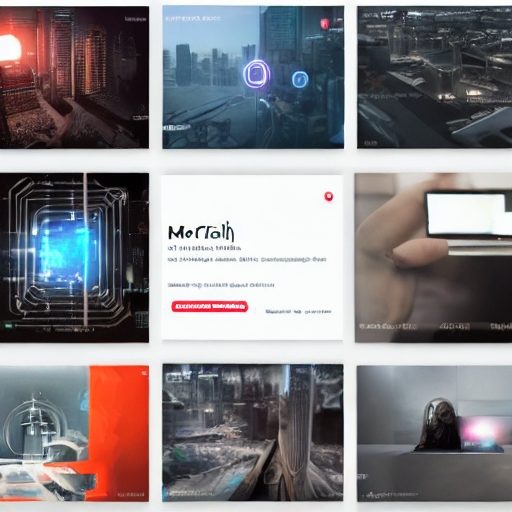In this video, we look at the difference in experience for an internal vs. external stakeholder.
Digital Experience | Pillar 1 Stakeholders | Lesson 1 Internal vs External
Follow Me Elsewhere:
Play Video
Play Video
Raw Unedited Transcript | Digital Experience | Pillar 1 Stakeholders | Lesson 1 Internal vs External
Alright. So looking at internal versus external stakeholders, so first let’s look at the internal stakeholders. For the most part, internal stakeholders is very transparent. Most of the time it’s employees. Yes, there can be weird things where maybe we have contractors or suppliers that could have some sort of internal relationship with the company and act in that. Incapacity, but for most parts, internal stakeholders are going to be employees, people that come to the company every single day and work with the company as an Employment Opportunity. I bring that up just because there’s some contractual stuff that differentiates between what counts somebody as an employee versus what counts somebody as a contractor. Those can have different relationships and how the person works with the organization. So we’re going to see internal stakeholders as being the employees of the company next. We have external, external stakeholders are mostly going to be our customers and clients. Most anybody that would be acting as a contractor would likely be an internal stakeholder. So we’ll keep it focused on external stakeholders as being our customers and our clients that are working to get some sort of result out of working with the company. But then we can have a. 3rd part and this would be mixed stakeholders and this is where we’re going to put our suppliers and contractors. So we’re still keeping track of them, but we’re going to put them here under mixed just because they may have different sets of requirements and thus different experiences that unfold with the company. For example, the suppliers or the contractors may bring their own equipment or may be very tied into another organization yet work very intimately. With our own organization, so they tend to have this weird kind of situation where they do kind of have some internal relationship aspects with the company, but they also have external relationship aspects with the company as well. For all of the stakeholders, regardless if their internal, if they’re external or if they’re a mixed stakeholder, we’re going to have things that they interact with during the experience. So all stakeholders will work with the layers of the company. They will all have different kind of relationships depending on if they’re moving into the company, if they’re currently with the company or if they’re leaving and moving away from the company. Next with each of these different stakeholders is we’re going to have funnels that they work through. So in each layer of the business and all of this is stuff that we’ll get into into further sections when we talk about phases, but funnels are where we’re actually taking the steps to move somebody. And then in each of the funnels we could breakdown further into business processes. So for example, just real quick, a funnel could be like a sales funnel where we have somebody coming in that is looking at the company. They just got introduced to the company maybe say through a blog post. That blog post then LED them to downloading a, you know, a tripwire or some sort of lead magnet from there. Then we get them in touch with the sales Rep, the sales Rep then works with them to close the deal. That would be a fun. We could also have the same for employees and for suppliers. Not that we’re going to be selling them the same way that we did the external stakeholder, but they still go through a funnel. Even a new employee finds out about the company, gets an interview, then goes through the interview, then gets a job offer, accepts the job offer is also a funnel. Same with suppliers, and onboarding the suppliers with the company and making sure that they fit what the company is looking to do. All the stakeholders will also work. What devices? They may bring their own device. The company may supply them with the device or there might be devices that they can just use depending on the situation. But nonetheless, in order to foster a digital experience, we’re going to have devices. We need some sort of medium that allows an interaction with the software and that’s our next piece is software. All of these stakeholders are going to interact with software in some capacity. In some cases it could be very minor and maybe they’re just getting invited to a Microsoft Teams or to a zoom call that’s still a piece of software. Other times they might be working with a CRM or, you know, getting very in depth with the organization through other types of very intimate software processes. And the last piece that all of these stakeholders are going to have is data. Data is an underlying massive component of the digital experience and without. Without a digital sign, if we weren’t looking at any of this in a digital lens, we’d really have our layers and funnels because we’d be moving people into the company. And regardless if we have any software or devices, we’re going to have different stages of the company and we’re going to move people through those different stages or layers through funnels. The devices, software and data allow us to add in the digital components and allow us to start fostering the movement of those stakeholders through digital means. So now that we have an idea of our internal versus our external stakeholders and what that means for the organization, let’s go ahead and take it the lenses of the stakeholders and how that pertains to the organization.
Related Content
More Content
Today more than ever, companies can produce unique experiences. Technology and mass production allow the production of experiences found in enterprise companies. Experience design will enable companies to build and foster an experience they want for
Explore the interplay between stakeholders and devices in the dynamic digital experience landscape. Discover how different devices shape user experiences and interactions. Understand the needs of internal and external stakeholders in the digital realm and navigate
Experience design is a powerful process that involves configuring organizational components to achieve desired outcomes. This blog post explores the key aspects of experience design and its significance in creating exceptional company experiences. It covers tailoring
Organizations can create impactful digital journeys by enhancing user interaction, building a robust digital infrastructure, streamlining processes through automation, and leveraging data-driven insights. Tailoring experiences to device types ensures seamless interactions, while a strong technology foundation
Discover why email marketing is essential for small businesses. Learn about the advantages of direct access to your audience’s inbox, cost-effectiveness, and the power of personalized content. Get tips on focusing on the quality of your
A funnel builder is a piece of software or a platform that helps develop and manage sales funnels for organizations and marketers. A funnel builder frequently includes various features and tools, such as drag-and-drop editors, pre-built
Cyberattacks and threats are increasing daily, and business must protect their websites and clients by installing the best WordPress security plugins available.
Gain insights into the pivotal role of stakeholder perspectives in shaping digital experiences. Understand the significance of stakeholders’ concerns, skills, backgrounds, resources, desires, and networks in designing effective digital interactions. Tailoring digital experiences to align with
Do you want to know how GIPHY can expand your business? Read on to discover the crucial factors in ranking your gifs on GIPHY for brand promotion and expansion.
